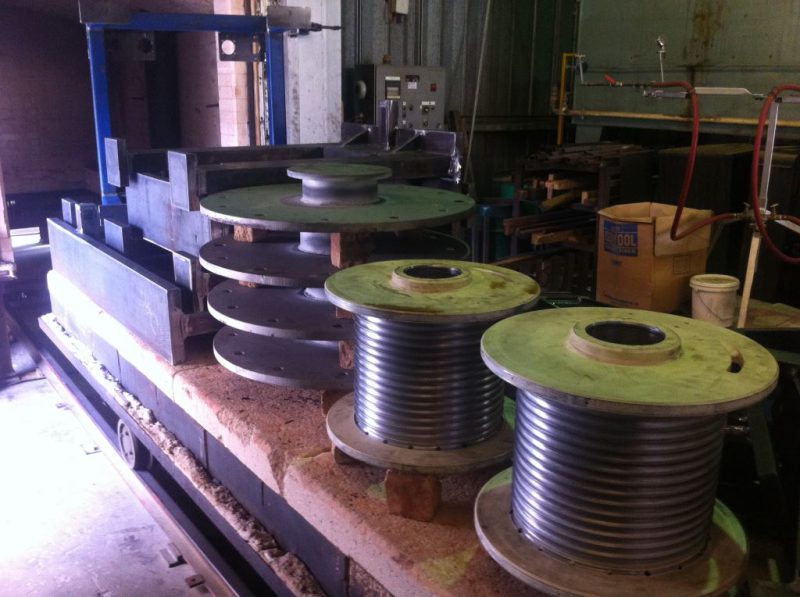
Know the effective stress relieving techniques to optimise metal components and ensure their durability in demanding environments in Australia.
Stress-relieving is a crucial process in metal fabrication that addresses internal stresses induced during manufacturing. Applying specific techniques can optimise metal components for durability and performance, especially under harsh conditions. Effective stress relieving ensures that metals withstand mechanical strain and environmental challenges, enhancing their reliability and lifespan.
The Importance of Stress Relieving in Tough Conditions
Metal components used in construction, mining, and automotive manufacturing industries are often exposed to harsh environments where strength and resilience are paramount. Stress-relieving techniques help ensure that metal parts maintain their structural integrity, even when exposed to mechanical strain, thermal expansion, or fluctuating loads. Without proper stress relief, metal components could suffer from fatigue, leading to unexpected failures resulting in costly downtime and safety hazards.
Stress Relieving Techniques for Optimising Metal Components
There are several methods of stress-relieving, each tailored to suit different materials and applications. Here are some of the most common techniques:
• Annealing: This process involves heating the metal to a specific temperature and then slowly cooling it, which helps to reduce residual stresses and improve the metal’s ductility and toughness.
• Normalising: This technique involves heating the metal above its critical temperature and then cooling it in air. It refines the grain structure and reduces residual stresses, enhancing the metal’s mechanical properties.
• Tempering: This process involves heating the metal to a temperature below its upper critical temperature and then cooling it slowly. Tempering is used to reduce the hardness and brittleness of hardened steel.
• Post-Weld Heat Treatment (PWHT): Specifically used for welded components, PWHT involves heating the welded area to a predetermined temperature and then allowing it to cool slowly. This process relieves stresses introduced by welding and improves the overall quality of the weld.
• Stress-Relieving Heat Treatment: This involves heating the component to a temperature just below its transformation point and then allowing it to cool slowly. This process is effective for reducing residual stresses without significantly altering the material’s properties.
Best Practices for Stress Relieving Metal Components
To ensure metal components are well-prepared for demanding conditions, adhering to best practices in stress relieving is crucial. Implementing these strategies effectively can enhance performance, prevent issues, and extend the lifespan of your components. Here are key practices to follow:
• Select the right stress-relieving method: Choose the most appropriate stress-relieving technique based on the material type, component size, and specific application requirements to achieve the best results and ensure long-term performance.
• Monitor temperature carefully: During thermal stress-relieving, precisely control heating and cooling rates to avoid introducing new stresses and to maintain the material’s integrity.
• Incorporate stress-relieving early: Implement stress-relieving techniques early in the manufacturing process to prevent potential issues, reducing the likelihood of costly rework or component failure during service.
Alpha Detroit Heat Treatment: Your Stress Relieving Experts
Alpha Detroit Heat Treatment offers a wide range of stress relieving services to meet the needs of our customers in Australia and New Zealand. Our team has the expertise to select the most appropriate stress-relieving method for your specific requirements. Contact us to learn more about how our heat treatment solutions can benefit your metal components and ensure they are optimised for tough conditions.
Optimized by: Netwizard SEO
